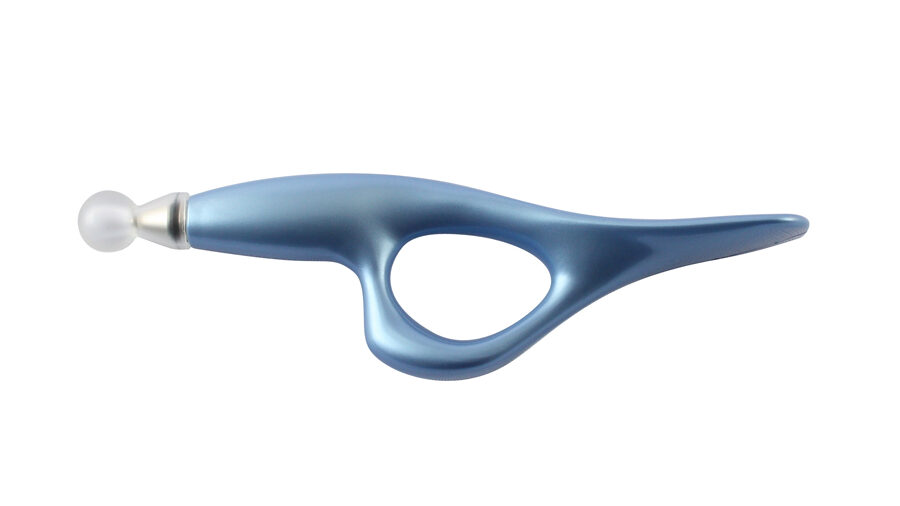projects
Universal Design

Once a design is created, a wide spectrum of people, each with their own distinct characteristics, can be expected to find uses for it.Yet most, if not all, designs have limits to their ease of use. Japan is a nation with a rapidly aging demographic profile. This means that users of products are diversifying, and that diversification is accelerating. We believe that as people age, a wide range of everyday products will become difficult to use. Since it was founded in 1987, tripod design has been a global trendsetter in universal design (UD), focusing on building UD into its own design-development process. Through repeated practical application, we began the switch from standardized product development, the dominant paradigm at the time, to a methodology based on insight and testing focused squarely on the needs of the user. It was in the course of this research and development effort that, in 1996, we announced to the market our development of the Product Performance Program (PPP), an original method for evaluating UD. Since that rollout, tripod design has used PPP to assist numerous enterprises around the world in their product-development processes and their own guidelines for UD.
How we did it
working together to achieve great results
Understand diverse usability
The users of design are so diverse and individualistic. Because of this fact, wetend to avoid or abandon listening to, observing, and understanding the minds,bodies, and lifestyles of these individual users before we create. In some cases,the creators of such products may mistakenly assume that the users are youngand healthy. At tripod design, we have developed a unique user group that is aware of theaging of society, and we conduct observations that extend to the consciousness andphysicality of various users (field research), surveys of the actual specifications, and directinterviews (deep interviews) to further understand the users. We are developing researchmethods for further understanding of users.
Establish usability evaluation systems for environmental and product design
In order to evaluate the usability of a design around an environment or product, it isnecessary to assume and consider various types of users. It is also important toconsider the sequence of use and how various users will use the environment andproducts, assuming the use scenarios of users in various mental and physicalsituations. We believe that it is necessary to have an evaluation system for our own designs thattakes into consideration the environment and scenes surrounding the user, and the process andcircumstances of use. tripod design has established an evaluation method for our own designs thatintroduces the concept of universal design, and we are working on the evaluation of our designs, Wehave developed an evaluation method for our own designs that incorporates the concept of universaldesign, and we evaluate our designs.
Designing with the user
In 1994, we set up a small research group of 22 users for the first time for our owndesigns and began preliminary research and observational evaluation for the designdevelopment of our first in-house product, the HandyBirdy. This experience has led to awidening circle of people who are willing to participate in the monitoring (trialevaluation) of our designs year after year. Currently, we have a research group for Internet awarenesssurveys targeting general users, a group for having people actually use the product in their daily lives(trial field), a group involved in group interviews for in-depth design evaluation, and other groups thatare suited to the purpose and stage of product development. The group has grown to the point whereit is capable of conducting surveys and evaluations appropriate to the purpose and stage of productdevelopment. As a result of building these unique user groups, it is now possible to evaluate andverify designs at any stage of design and product development.
UD PRODUCTS
OUR PROPERTY






